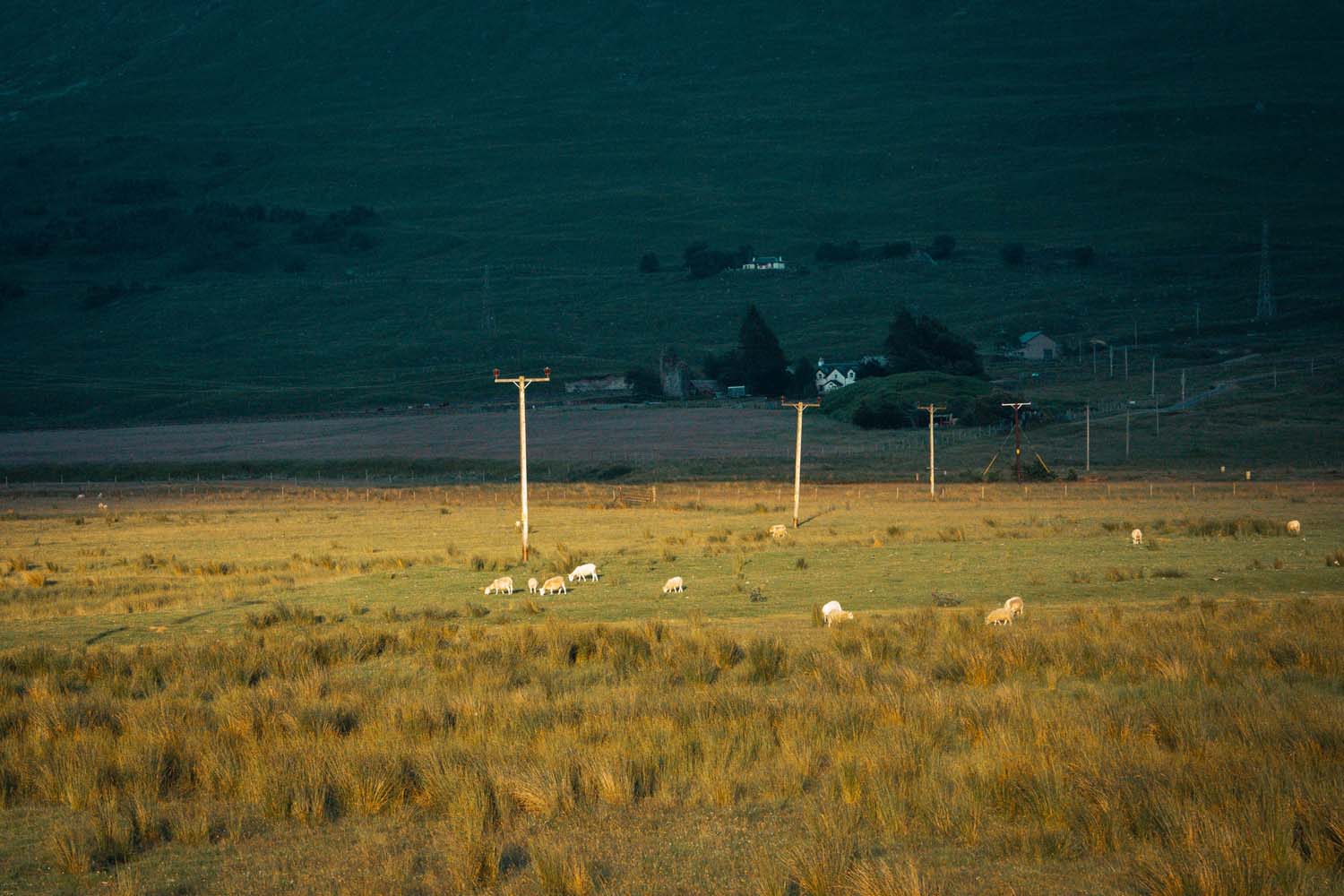Planning for the transformation of energy

We are publishing a series of blogs on designing for a changing climate. Here Graham Campbell of SP Energy Networks explores how we can plan for climate change and the transformation of our electricity network.
Today’s climate emergency means the need to deliver against net zero targets is now greater than ever, and we at SP Energy Networks recognise that the UK’s electricity networks are key to delivering this for the country.
A huge part of tackling climate change is decarbonisation, and in particular the carbon emissions that we create in our daily lives. Look at the cultural change that has taken place in our attitude to using plastic, do we also need a similar shift in the attitude to transport and the way we heat our homes?
Changing electricity generation
The way we generate electricity has changed: large thermal power stations are increasingly being replaced by renewable generation such as wind and solar. And the way we use electricity is changing as consumers choose a more sustainable option for everyday activities.
Just consider for a moment how drastically consumers’ relationships and behaviour with their energy consumption has shifted already. Now think about the pressures that will create on our network.
Our modern lives are drastically different to how things were when the electricity network was first built, and quite frankly it is now expected to do things it was never designed for. We therefore need to find smarter, more agile ways of operating the network.
We know there is a big challenge ahead. By 2050 we could see 25 million EV charging points and 22 million homes with heat pumps in the UK. We therefore cannot stand still. So how do we plan for climate change and this huge transformation our electricity network is already undergoing?
Understanding change
To prepare for an uncertain future we need to be thinking about how our customers’ energy consumption and buying habits are going to change.
How are businesses developing and delivering their own net zero plans? What changes to policies and legislation are on the horizon that we will need to adhere to?
What new technologies are out there or currently being developed to improve what we already deliver across our networks? Where can we collaborate beyond our industry to deliver more for customers and communities?
We then need to quickly identify the gaps we know that we will have, drive innovation to mitigate the risks those gaps present and create solutions to ensure we continue to deliver a safe, reliable and secure supply for our customers.
A whole-system approach
A whole-system approach is crucial, otherwise we are at risk of operating in silos and only solving part of the problem. Electricity and gas network companies will need to collaborate alongside local energy operators to find the lowest cost solutions for our customers.
Like other Distribution Network Operators (DNOs), we at SP Energy Networks have detailed knowledge of our networks and close relationships with key stakeholders.
We are therefore best placed to facilitate a low carbon future as a Distribution System Operator or DSO. We are able to manage and develop the network, but also deploy local solutions where the needs of our communities vary.
We are already trialling new approaches like flexible services and active network management, and we also hold one of the largest innovation funding portfolios in the UK.
Read more about SP Energy Networks and how their innovation projects are preparing for the net zero networks of the future.
About the author
Graham Campbell is Head of Distribution System Operations at SP Energy Networks. He is leading on the transformation of the distribution system to a smart flexible network. This is essential for facilitating the electrification of heat and transport and the connection of low carbon generation. Graham is also a board member of Scotland’s Town Partnership.
Header image credit: Sandy Ravaloniaina on Unsplash
Share your place-based climate action
We would like to hear from communities and local authorities who are creating carbon conscious places. If you are designing and adapting a place to reduce, repurpose and absorb carbon, please share examples of your work with us.
